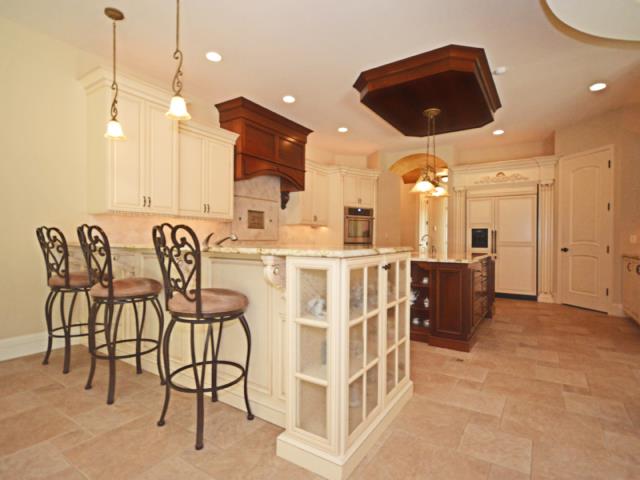 Determine how much you have to spend: Once you figure out what project you want to do, you need to determine if you have the funds for it. If you are paying cash that’s one thing, but if you are going to require a loan you need to find out what a bank will loan you and how that will affect your monthly budget. There are three basic types of loans; cash-out refinance, home equity loan, and a home equity line of credit (HELOC). For the majority of homeowners, the best way to borrow money for a home improvement project is a home equity line of credit. A HELOC is a good choice because it’s a loan that is secured by your home equity which makes it qualify for a lower interest rate and you can deduct the interest on your taxes as well. The catch to a HELOC is that the monthly payment only covers that month’s interest; this can make it easy to fall into a large amount of debt. To avoid this, you can use your own repayment schedule, paying 1/60th of the principal plus the interest every month over 5 years or 1/120th for 10 years. If you can’t afford to do that, you may want to reconsider the project.
Determine how much you have to spend: Once you figure out what project you want to do, you need to determine if you have the funds for it. If you are paying cash that’s one thing, but if you are going to require a loan you need to find out what a bank will loan you and how that will affect your monthly budget. There are three basic types of loans; cash-out refinance, home equity loan, and a home equity line of credit (HELOC). For the majority of homeowners, the best way to borrow money for a home improvement project is a home equity line of credit. A HELOC is a good choice because it’s a loan that is secured by your home equity which makes it qualify for a lower interest rate and you can deduct the interest on your taxes as well. The catch to a HELOC is that the monthly payment only covers that month’s interest; this can make it easy to fall into a large amount of debt. To avoid this, you can use your own repayment schedule, paying 1/60th of the principal plus the interest every month over 5 years or 1/120th for 10 years. If you can’t afford to do that, you may want to reconsider the project.- Estimate the costs: To begin, it’s important to understand the realistic cost of your remodel job. In general, major upgrades, such as a bathroom overhaul or family room addition, cost about $100-$200 a square foot.
- Get quotes from contractors: Before talking with contractors, decide the details of the project including finishes and materials. This way, you are more likely to get a quote that is more accurate. Get quotes from at least 3 contractors and ask to see their recent work, check their references, and look at online sites that provide peer reviews of contractors. Once you find a contractor that you like, add a 15%-20% contingency for unexpected problems. If you can still afford this, get started! If not, it may be a good idea to rethink your plans.
- Tailor the project to fit your budget: If your dream project is not aligning with your budget, it might be time to revamp your plan. Start by asking your contractor for ways to lower costs such as using laminate counters instead of quartz or granite. Consider keeping older items that are in good shape such as appliances or lighting fixtures. Try making the project smaller; changing a 100 square foot project to an 80 square foot project can save a lot of money.


708-733-2588 nordstrom.remax@gmail.com
 Your Trusted Guide in Every Market
Your Trusted Guide in Every Market
X